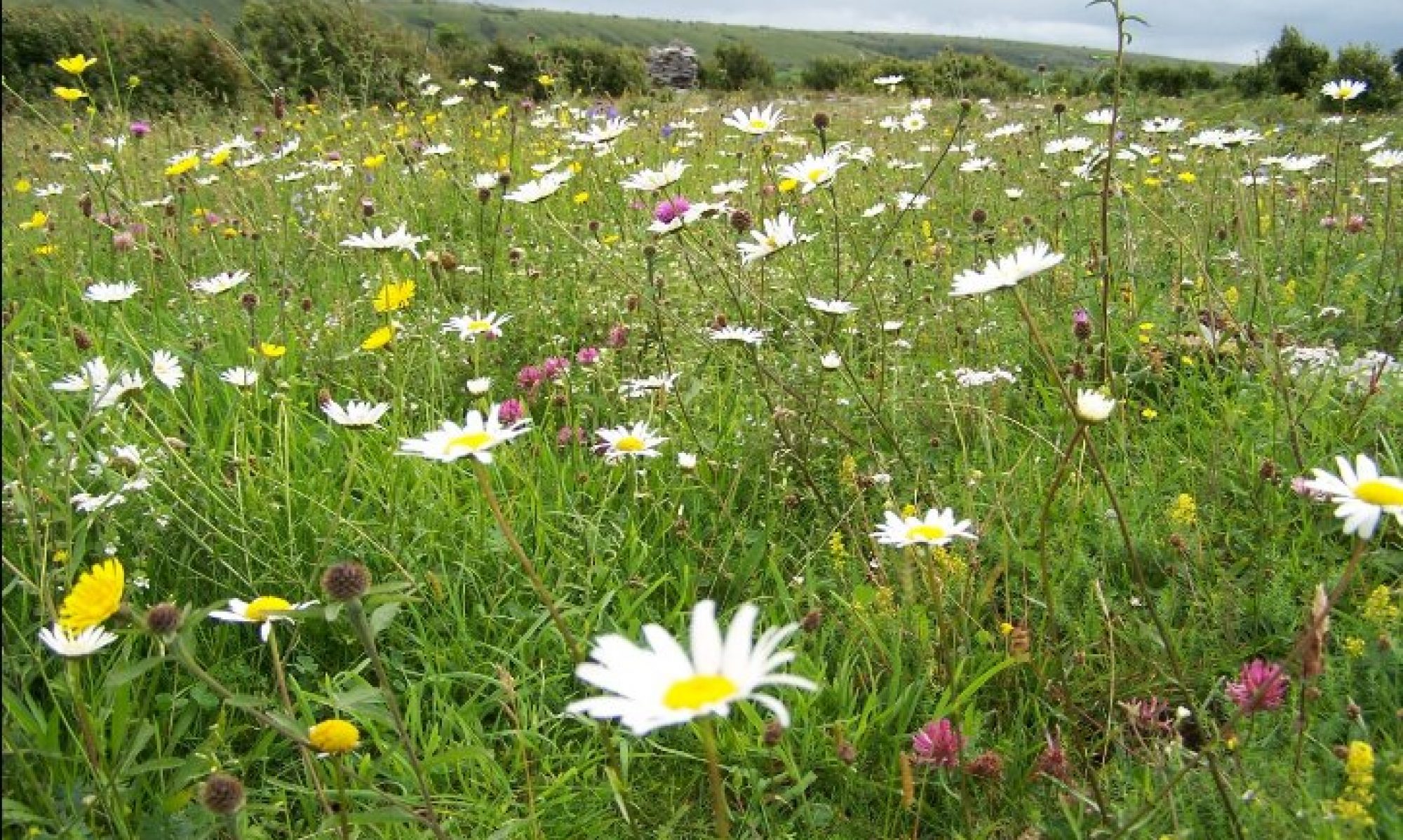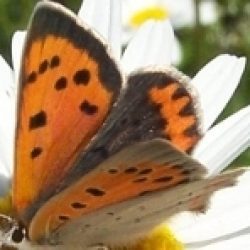Butterfly Conservation Ireland manages a reserve for butterflies in Lullybeg, in northwest Kildare. The reserve holds a variety of our scarcer butterflies and moths, as well as common species. The habitats include scrub, woodland, wet grassland (including molinia grassland, a protected habitat under the EU Habitats Directive), ponds, marsh, wet heath, and poor fen and flush. The sunny weather during the spring and summer months benefited our reserve’s butterflies. Vegetation has responded to the conditions during the main growth seasons, showing dense growth that requires management.
The spring was the warmest and sunniest on record, and while summer was the warmest on record too, we received near-average rainfall. The reserve is on peat soil, and the naturally impeded drainage results in conditions that rarely dry out, so that the combined moisture and warmth stimulate a vigorous response from the wetland vegetation. With the increasing density of the grassland posing a conservation challenge, we introduced a tried and tested strategy: cattle grazing.
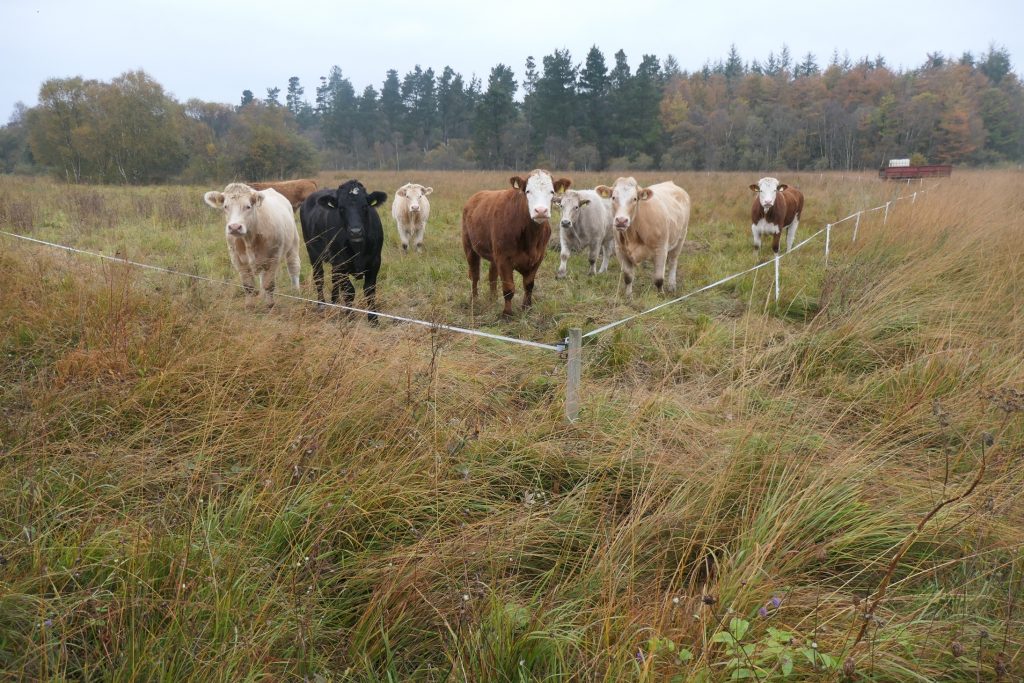
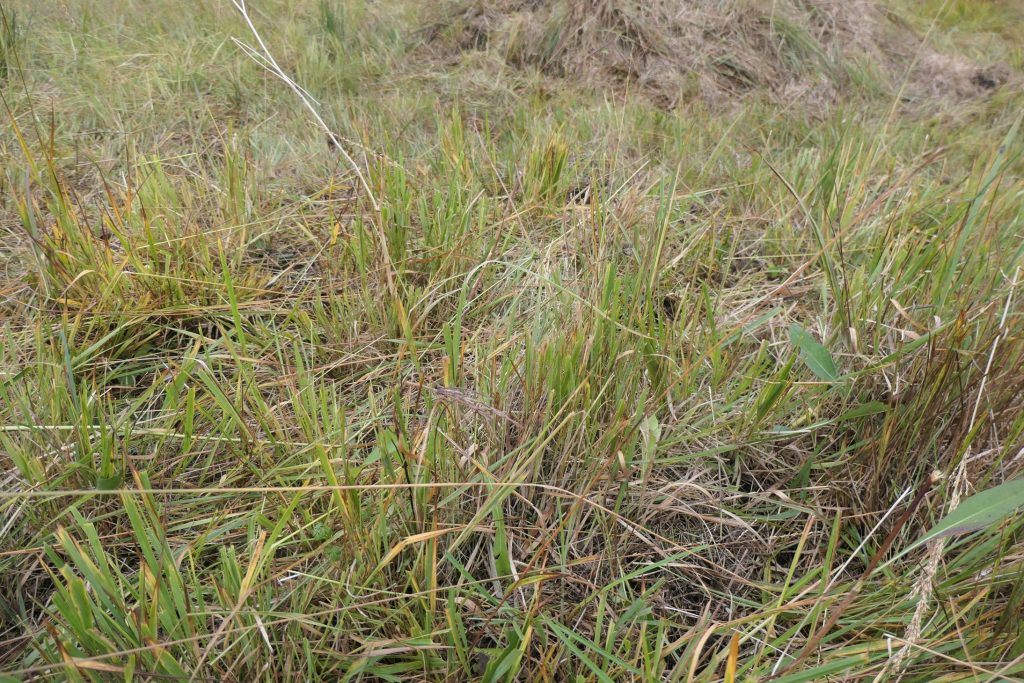
Eight study cattle were brought in, and these tackled the rank grassland. Cattle breeds used in farming today generally avoid tough grasses, preferring the softer, medium and thin-bladed species they find more palatable. However, cattle will ‘make do’. Our observations showed that the livestock did eat the tough Purple Moor-grass. Cattle will nibble on the leaves of Devil’s-bit Scabious, but this appears to be tentative, and the plant, used by the caterpillars of the Marsh Fritillary butterfly and Narrow-bordered Bee Hawkmoth, is left uneaten. We therefore get the benefits of sward density reduction without loss of important foodplant resources.
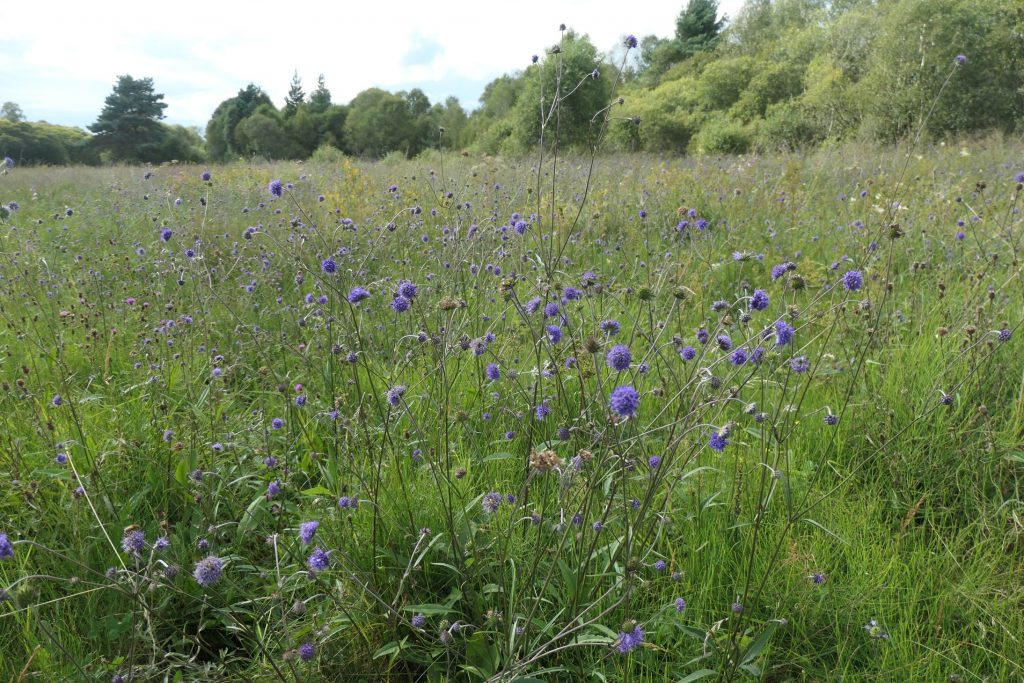
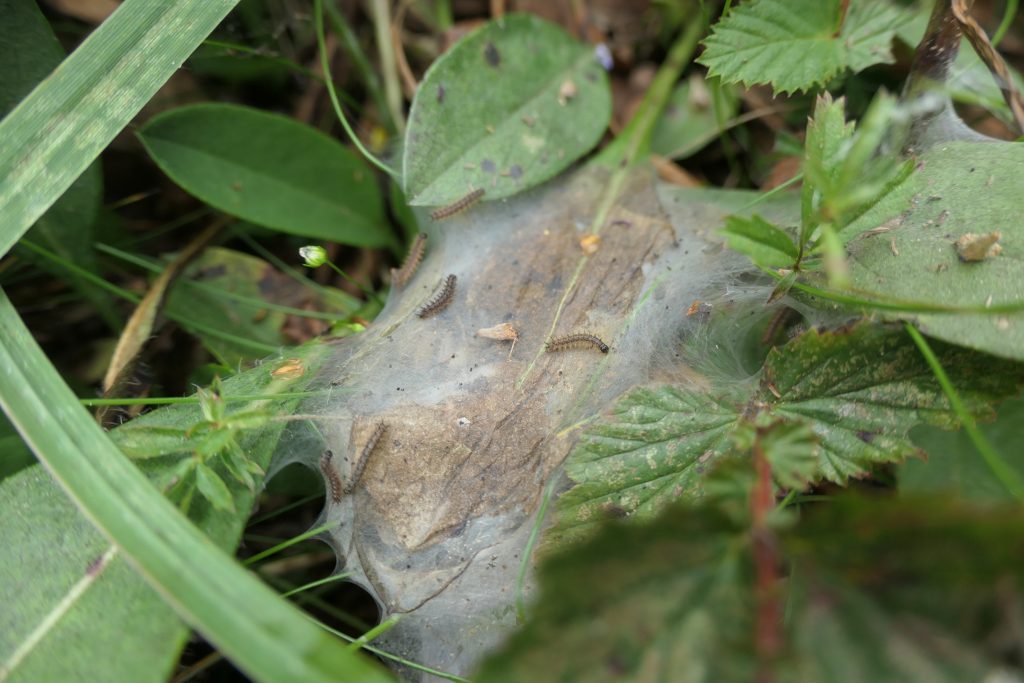
Cattle do more good than reducing sward heights and maintaining sward structure. Cattle also trample dense growth, breaking it up and opening the sward. This creates bare ground and disturbs soil, especially where poaching occurs around congregation points, leading to the development of wet flushes and shallow water, adding to the small-scale diversity crucial for biodiversity. Small-scale diversity is increasingly scarce in our farmed and abandoned land, and this reduction in structural diversity is negative for nature. In addition, some wetland flora cannot withstand denser, closed swards on peat soils and are lost if near bare and sparsely vegetated soils are lost from a site. We have found that Sheep’s Sorrel and Cuckooflower disappear when bare areas are lost.
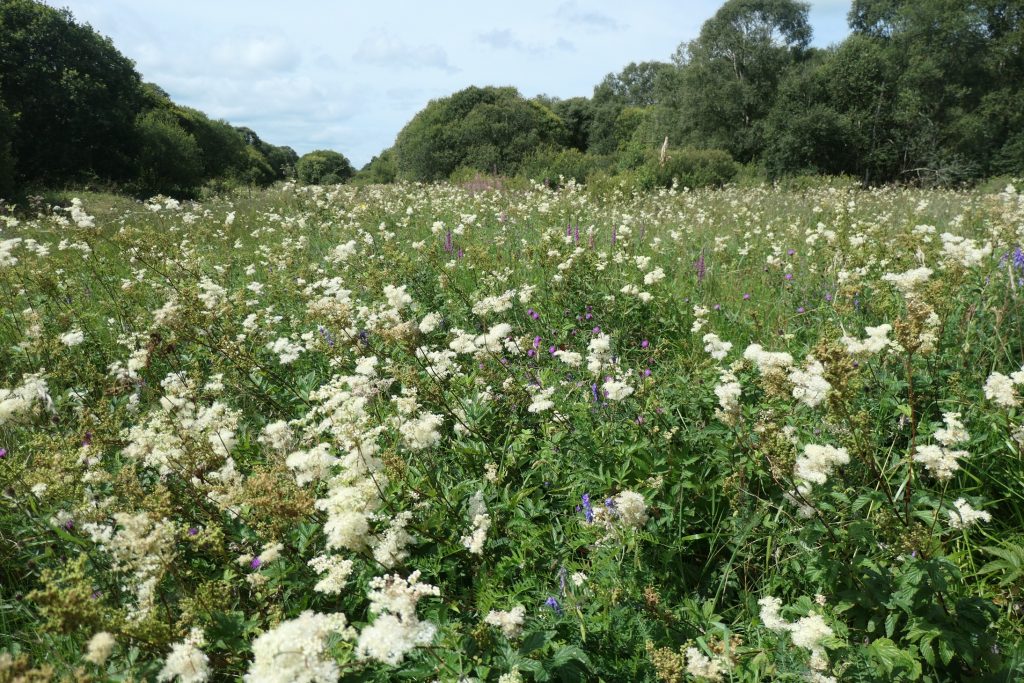
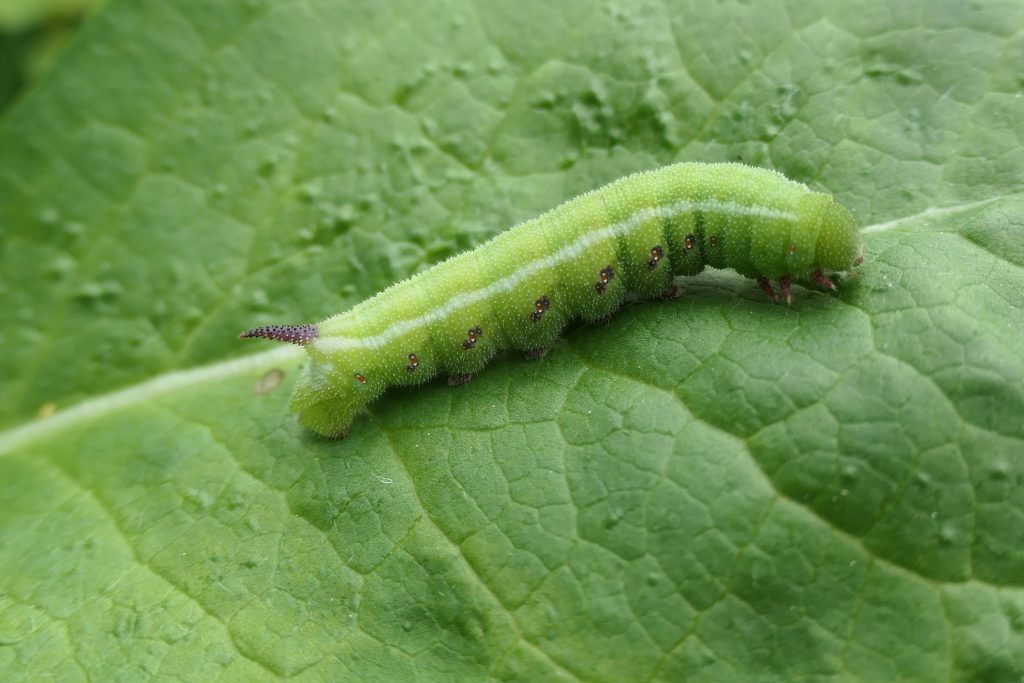
The cattle also fed on and poached the elevated, drier ground, which has ensured that these areas now have more bare soil. This action allows important plants like Common Bird’s-foot-trefoil to thrive, while surrounding bare areas heat up in sunshine, warming the soil and adjoining foodplants, increasing their attractiveness to gravid female butterflies and moths. The bare sites are also used as resting and basking sites for butterflies.
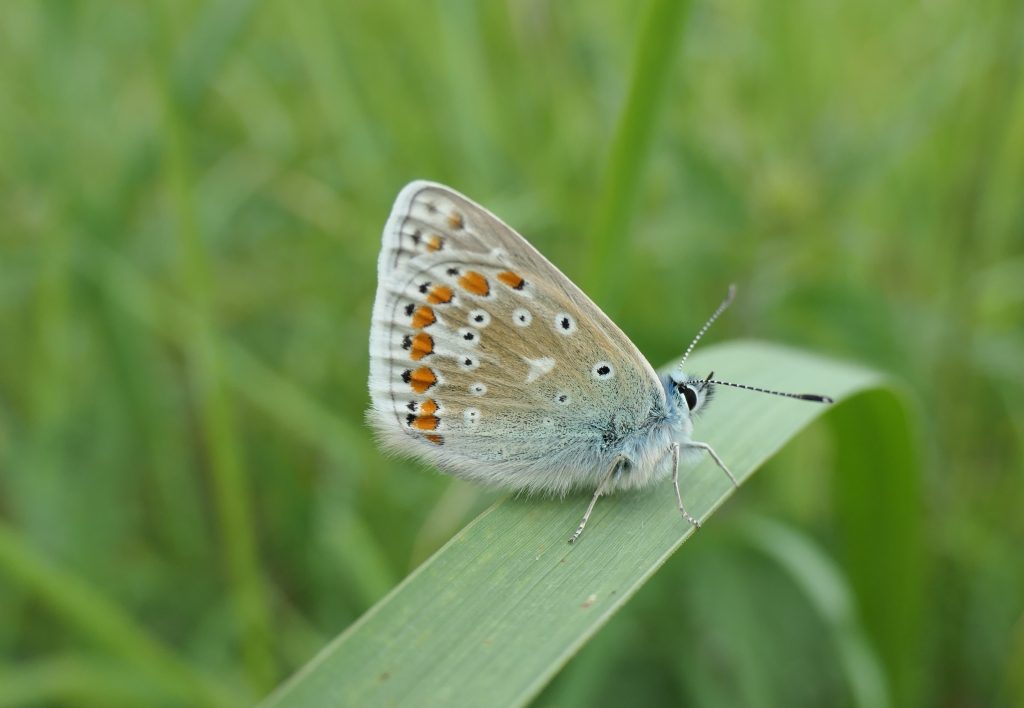
The cattle were happy too, enjoying a fibre-rich, unfertilised, wild diet in a quiet, sheltered grass/woodland mosaic.
This management will allow sights like those following to continue to be enjoyed.
A special thanks to Michael Jacob, Chairman of Butterfly Conservation Ireland, for arranging the grazing and to Philip Doyle for providing the livestock.
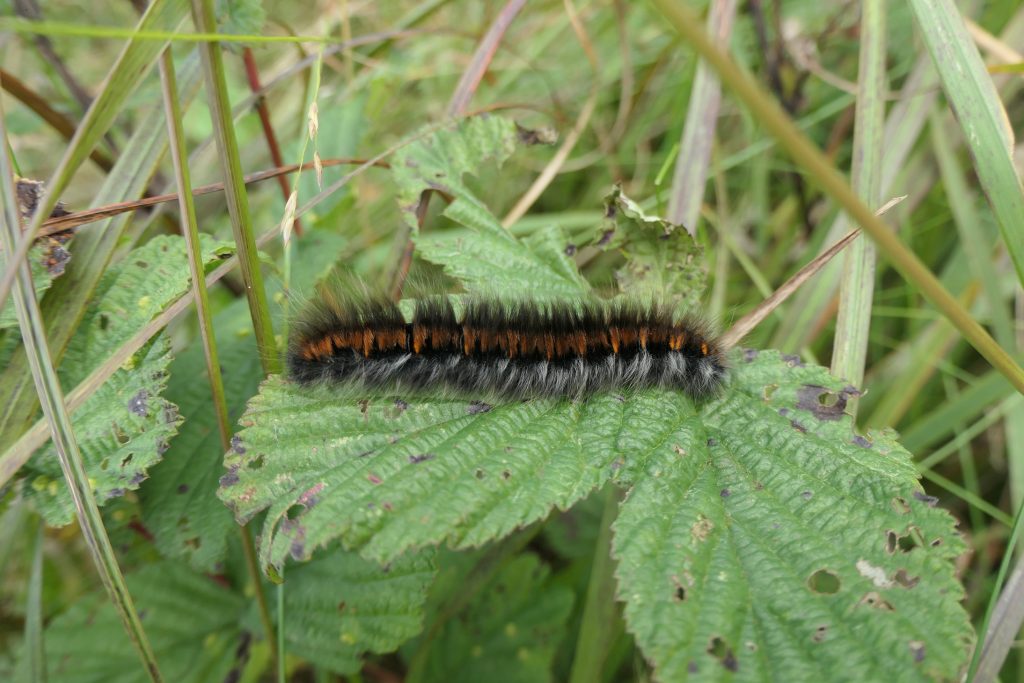
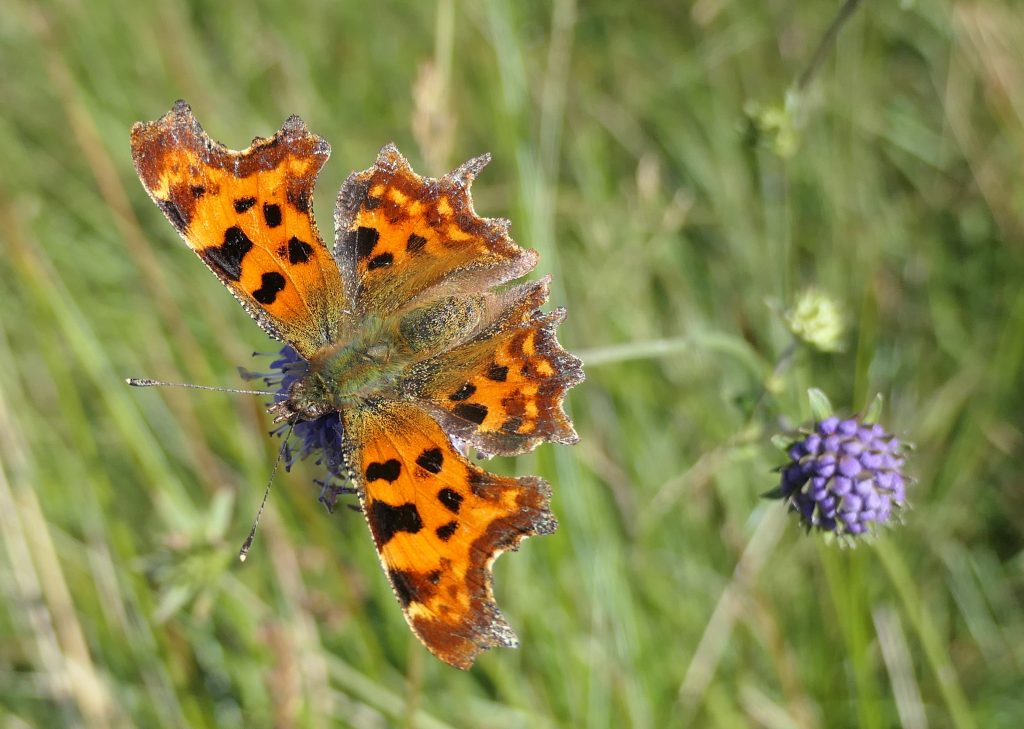
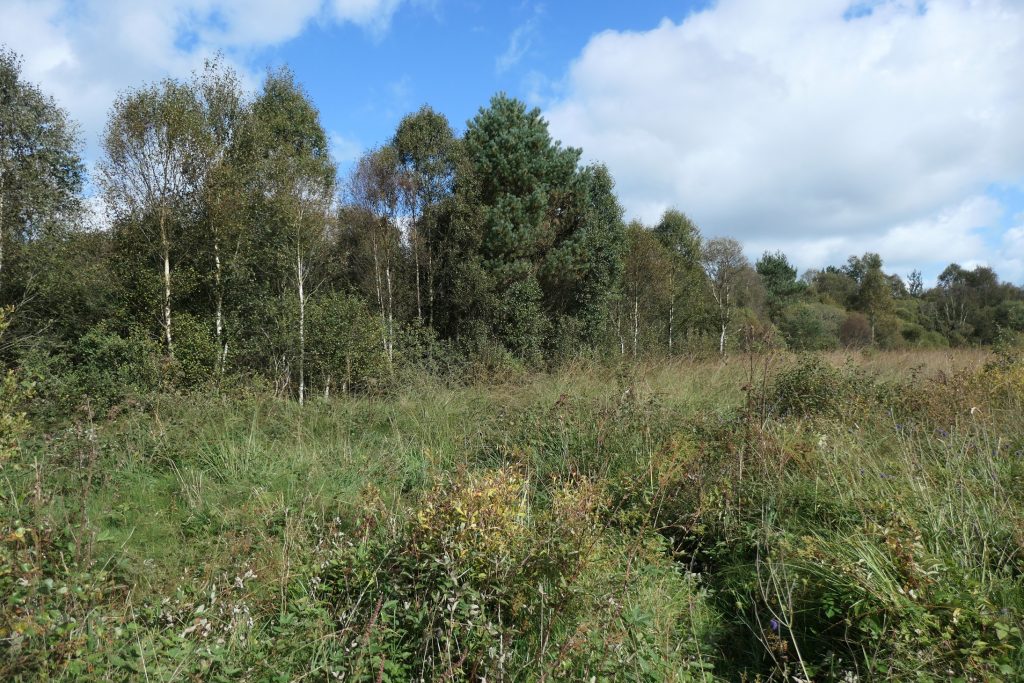
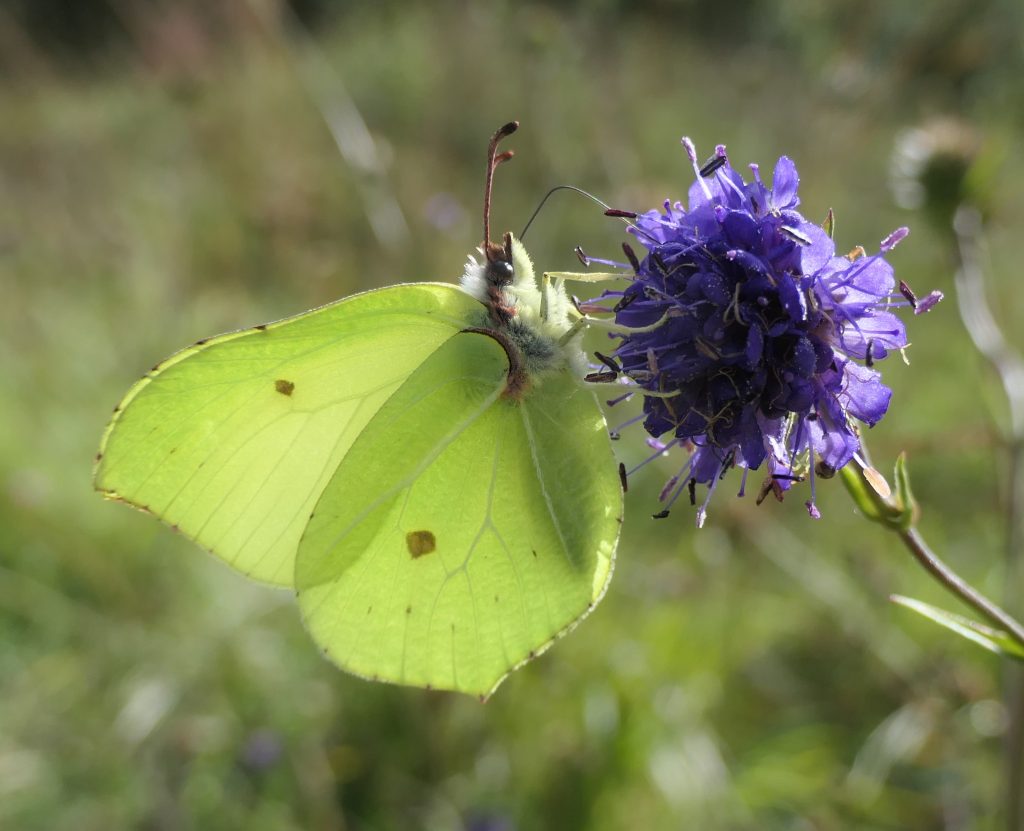
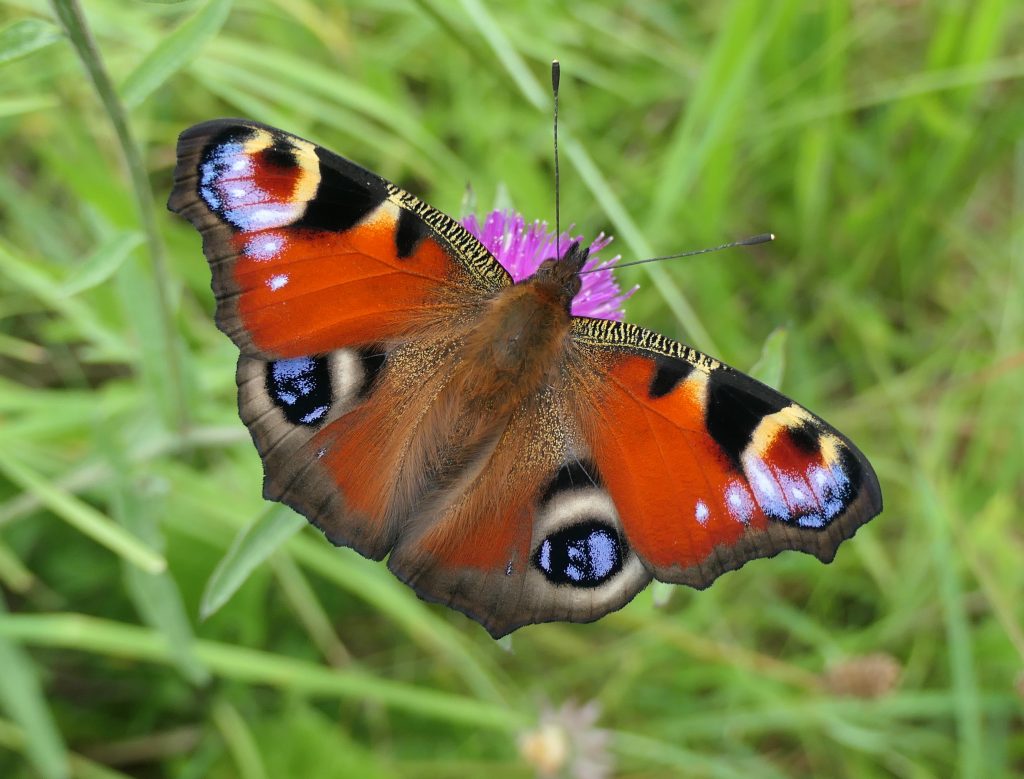
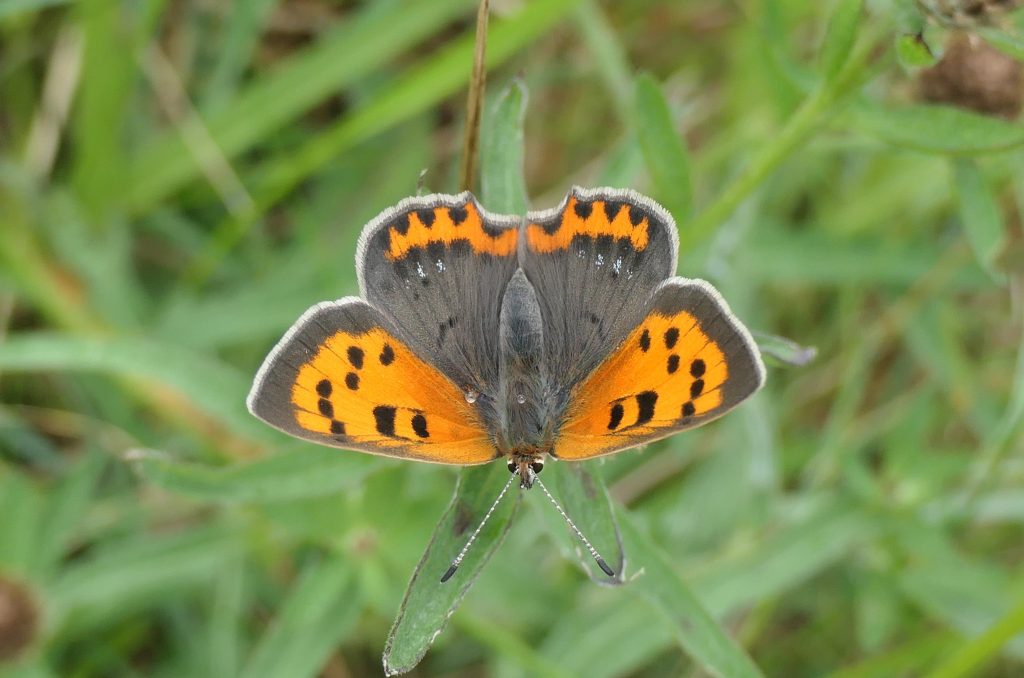
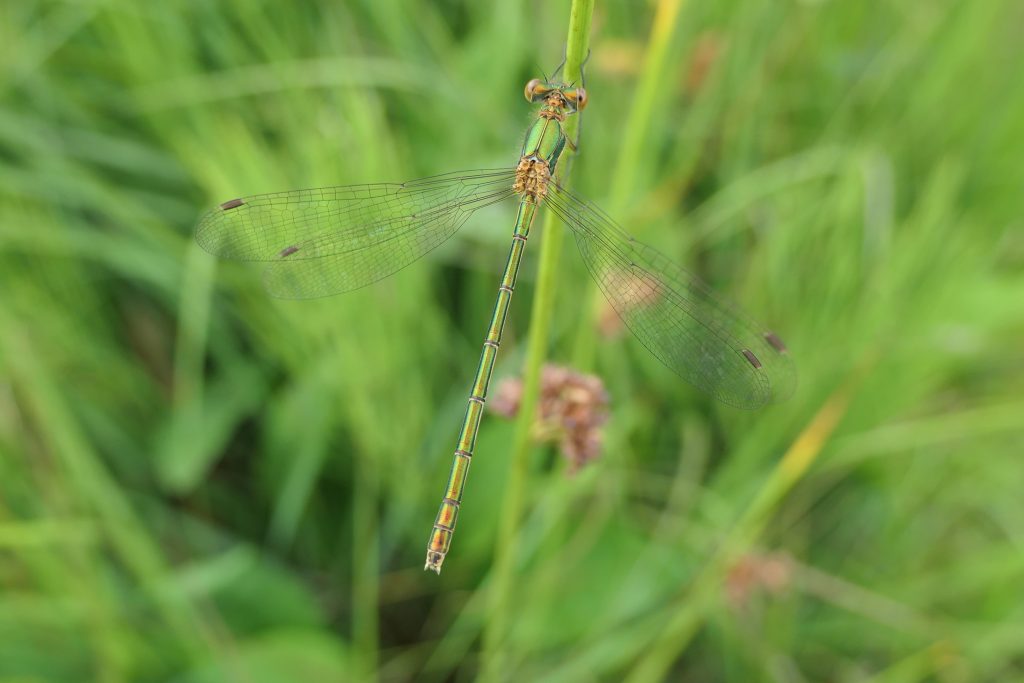
All photographs copyright Jesmond Harding
